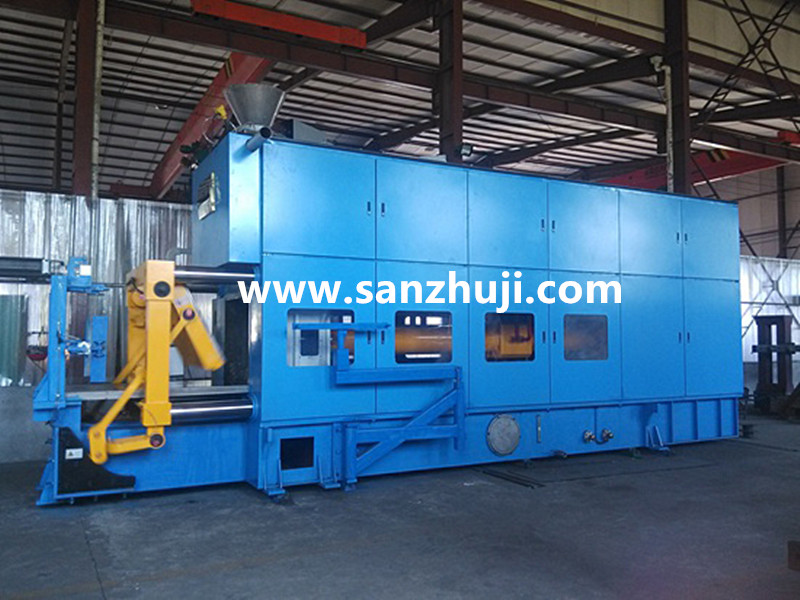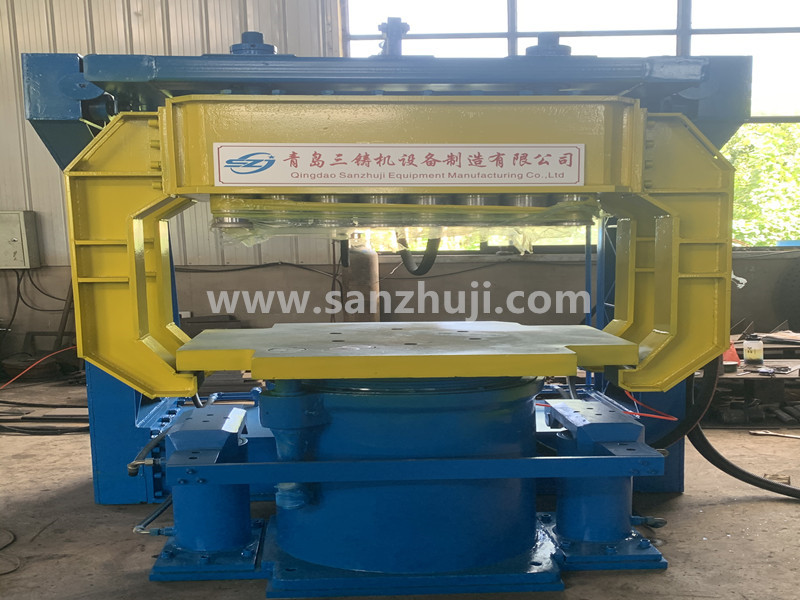In order to improve the wet strength of the molding sand, and enhance the ability to resist sand inclusion, sand sticking and veining defects, it is also possible to mix two kinds of raw sands. Bentonite is mostly a bonding agent for green sand, which combines with moisture to play a bonding role. Bentonite has adhesiveness and plasticity after being wetted by water, so it has good reusability. However, if bentonite is baked at high temperature and loses crystal water, it will not be able to recover its bonding performance when it encounters water. At this time, bentonite is not Then there is the adhesive, which is called mud.
Pulverized coal is an indispensable additional material for the production of sand cast iron castings. Its role in the casting forming process mainly has 4 aspects:
(1) After the molten iron is injected into the sand mold, the coal powder in the molding sand is decomposed by heat, and the released reducing gas can prevent the molten iron from oxidizing in the mold cavity and prevent the formation of ferrous oxide on the surface of the casting, which is very useful for preventing sticky sand defects. Important role
(2) After the molten iron fills the cavity, the atmosphere in the mold is a reducing atmosphere. Under this condition, the hydrocarbon gas precipitated by the coal powder will condense on the surface of the mold to form a bright carbon film, which can prevent sand sticking and coalescence. Make the contour of the casting clear
(3) Near the metal-mold interface, when the pulverized coal in the molding sand is heated to cause a coking reaction, it will first soften and shrink in volume, and then expand. The softening temperature of pulverized coal is approximately the same as the phase transformation expansion temperature of quartz, which can accommodate the expansion of sand particles. Therefore, it can prevent the occurrence of expansion defects such as sand and rat tail on the casting, and improve the dimensional stability of the casting
(4) The volume expansion occurs during the coking of pulverized coal, which can fill the gaps between the sand particles in the surface layer of the mold, and make it difficult for the molten iron and the produced fusible silicate to penetrate, thereby improving the surface quality of the casting. At the same time, a certain distance away from the mold surface can still maintain the proper air permeability
Clay sand casting is still the main method of casting production due to its low cost and suitable for mass production. At the same time, the thermal decomposition of each component during the recycling process causes changes in physical properties. If it is used without regeneration, the quality of the molding sand will be unstable. Combining the characteristics of clay sand casting, sanzhuji developed the L series falling sand cooling drum to separate the castings and crush the old sand. With the S37 series chip impact crusher, (with the characteristics of strong crushing ability and stable work efficiency), the old sand Fully broken and separated, easy to recycle and reduce the rejection rate of castings. According to incomplete statistics, 30-40% of the casting waste rate is caused by the quality of the molding sand, so the control of the quality of the molding sand plays a very important role in the modeling of clay sand. As the current requirements for castings increase, the requirements for the quality of molding sand are getting higher and higher.
However, due to the low strength of the clay sand mold, the poor fluidity of the molding sand, the moisture content, and the large amount of gas generation, castings are prone to casting defects such as sand holes, pores, and sand inclusions. Therefore, Sanzhuji suggests that companies that use clay sand for casting should strictly control the quality of the sand and the management of the casting production process, which can effectively solve the problems in the clay sand green casting process.
I hope that the above content will be helpful to enterprises using clay sand casting.
Qingdao Sanzhuji Equipment Manufacturing Co., Ltd. specializes in the production of sand reclamation equipment,foundry machines,Sand casting equipment,GS high efficiency rotary mixer,no-bake resin sand mixer,Jolt squeeze molding machine/Jolt-squeezing moulding machines,Multi- Piston Moulding Machine/Hydraulic multi-piston moulding machine,foundry molding machine,flaskless moulding machine,shot blasting machine,dust collector,according to the amount of old sand recovered Carry out plan customization, and provide sand reclamation equipment installation, commissioning, and training. Welcome guests to visit the factory.








